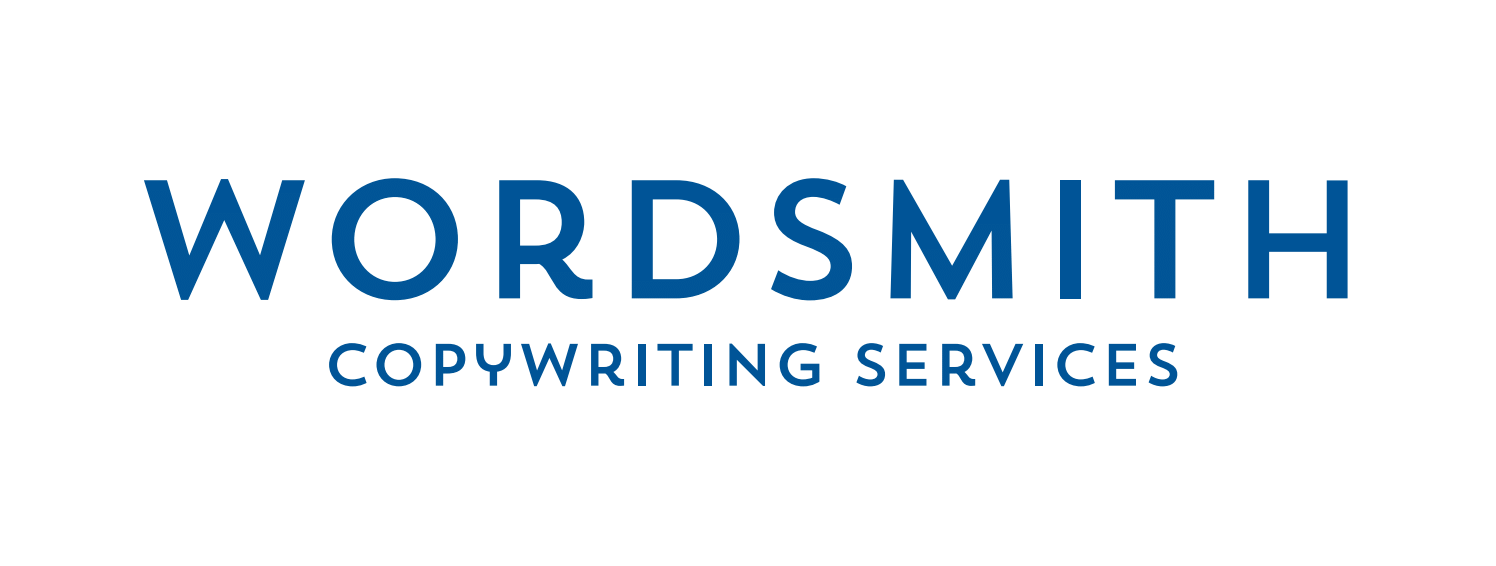Press releases remain a valuable way of contacting journalists with your business story.
Newsrooms are under increasing financial and time pressure, so it’s important that your story is newsworthy, is correctly produced, and requires little work by the journalist publishing your piece.
Here are some tips on making your press release more effective.
1. Make it newsworthy.
Journalists are interested in stories that have a ‘news’ element, for example a new client win, a new product, a new service. In order for a story to attract an editor’s attention you need to answer the question: “What’s in this for the readers of my target publication?”
The best way to understand this is to read the publication (online or paper version) and see what types of story are being published.
2. Write a short headline.
Remember that this is the first thing that the editor will see. Don’t waste words by saying ‘press release’ in the subject line. Include the most important words and phrases in the first 60 characters of the subject line. Be sure to use active verbs e.g. ‘announce’, ‘launch’, ‘develop’, ‘acquire’, to draw attention to your headline.
3. Consider the language and style.
It’s tempting to write a press release in the same way that you might write a piece of advertising or website content. If your release is commercial rather than journalistic then an editor will simply pass it by. They will not re-work or edit it in order to remove your commercial adjectives. They will move on to another story in their inbox. Tough but true.
4. Manage your word count.
Press releases are typically about 400 words long, usually with a maximum of 600 words. It’s important to keep the content succinct. Make sure that the important elements of the story are covered in the first paragraph.
If the editor decides to do a hard edit on your story and cuts 9 out of 10 of your paragraphs, you need to be confident that your first paragraph covers the key elements.
5. Check, check and check again!
This is really important and is best done by two people so that any mistakes can be spotted. Use all the automated tools available to check for spelling, grammar and syntax errors. Play close attention to the spelling of people and products featured in your release.
6. Formatting
If your press release is longer, think about ways to break up the copy including bullet points, bolded sections and subheadings. Your job is it make it easier to read, and more appealing for the editor.
7. Links are ok.
It’s acceptable to provide hyperlinks to other reference points (e.g. your website) in your story. Don’t repeat a link to the same destination and aim for a maximum of three links in your story. Do not provide a link to a commercial element e.g. a price or product list, as journalists will always be wary of overtly commercial content.
8. Pictures are important.
Pictures improve your chance of your story being covered, especially in online publications where stories are often balanced by images.
Wherever possible, use original images rather than stock pictures. Editors prefer authentic pictures. Stock images are very recognisable, and editors might regard them as less worthy. Equally they will not devote time to finding a stock image to support your story. So, consider investing in quality pictures for your business.
9. Picture quality counts.
Your pictures need to be well composed and well lit. If you attach high res pictures to your email there is a high chance that your press release will not make it through the publication’s firewall so the journalist will not see your story or the pictures.
Embed low res pictures onto the press release document itself and provide a link to high res copies of these in an online file such as DropBox. Journalists are familiar with this procedure.
10. Develop editor’s notes.
Include a short section at the end of your release describing briefly the history of your company, your key products and services, and the details of a relevant contact in case the journalist wants to follow up your story.
Some content is published without contact from the journalist but there are also times when the journalist will want to reach you, so it’s important to provide contact details.

